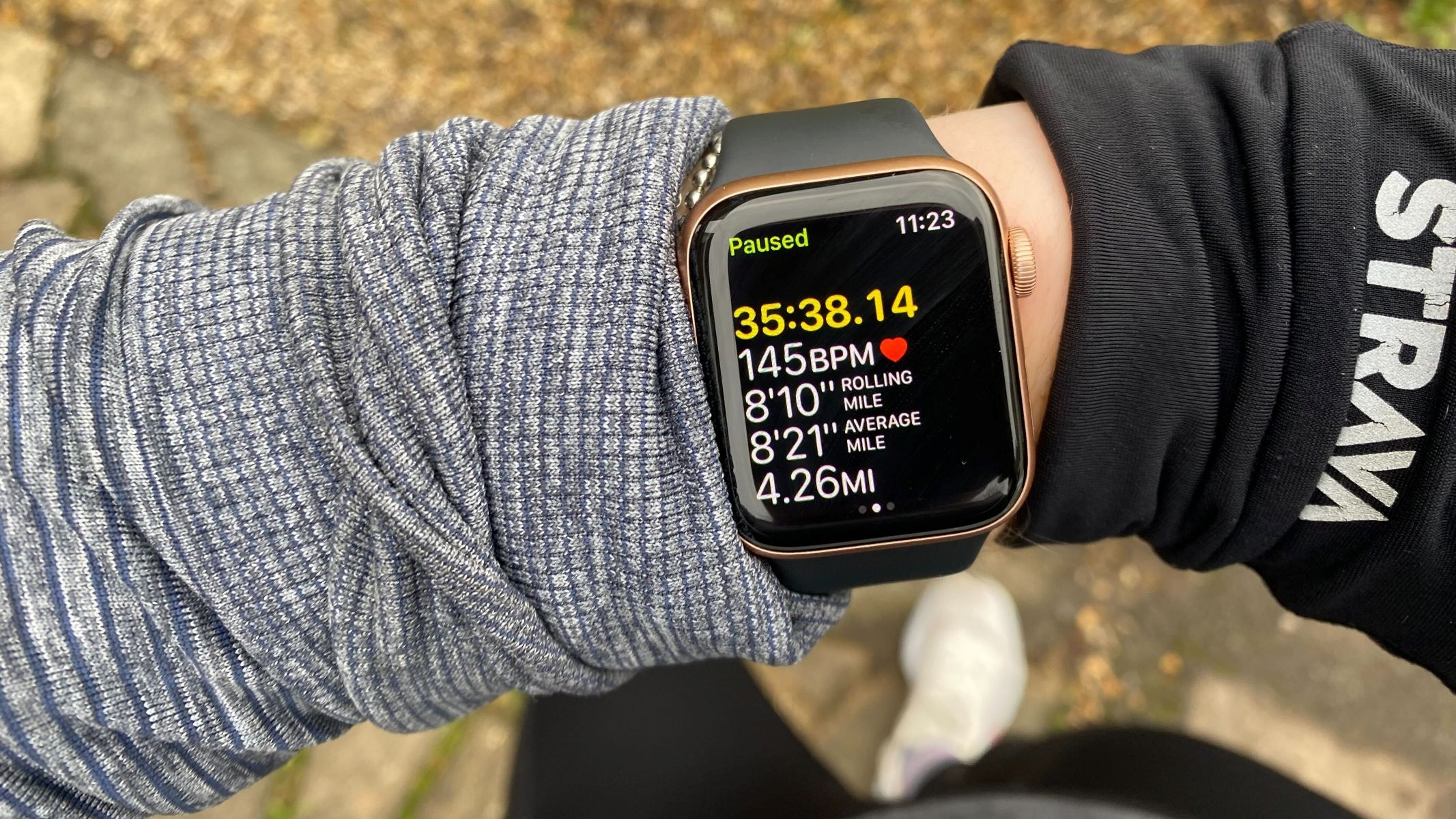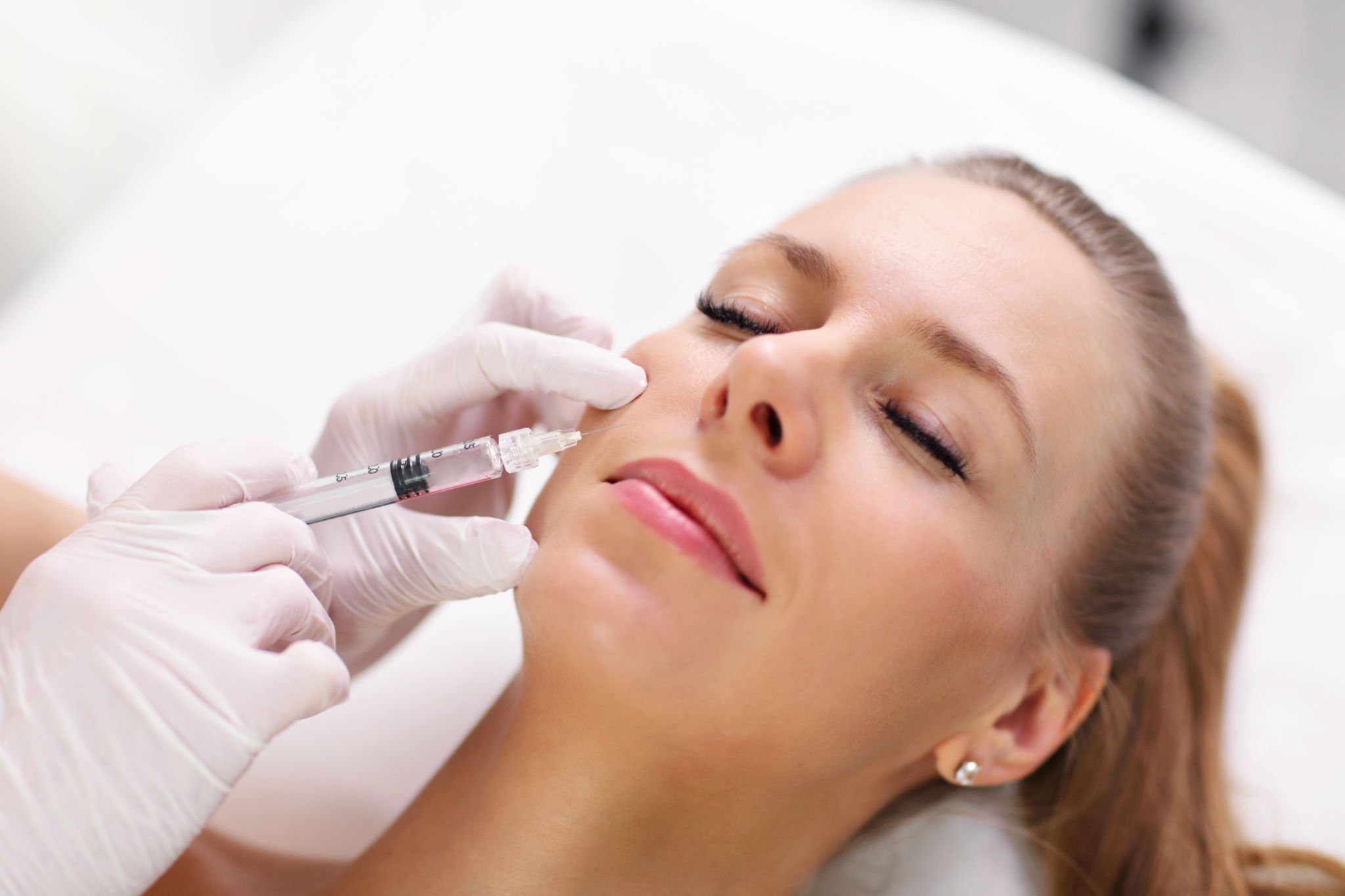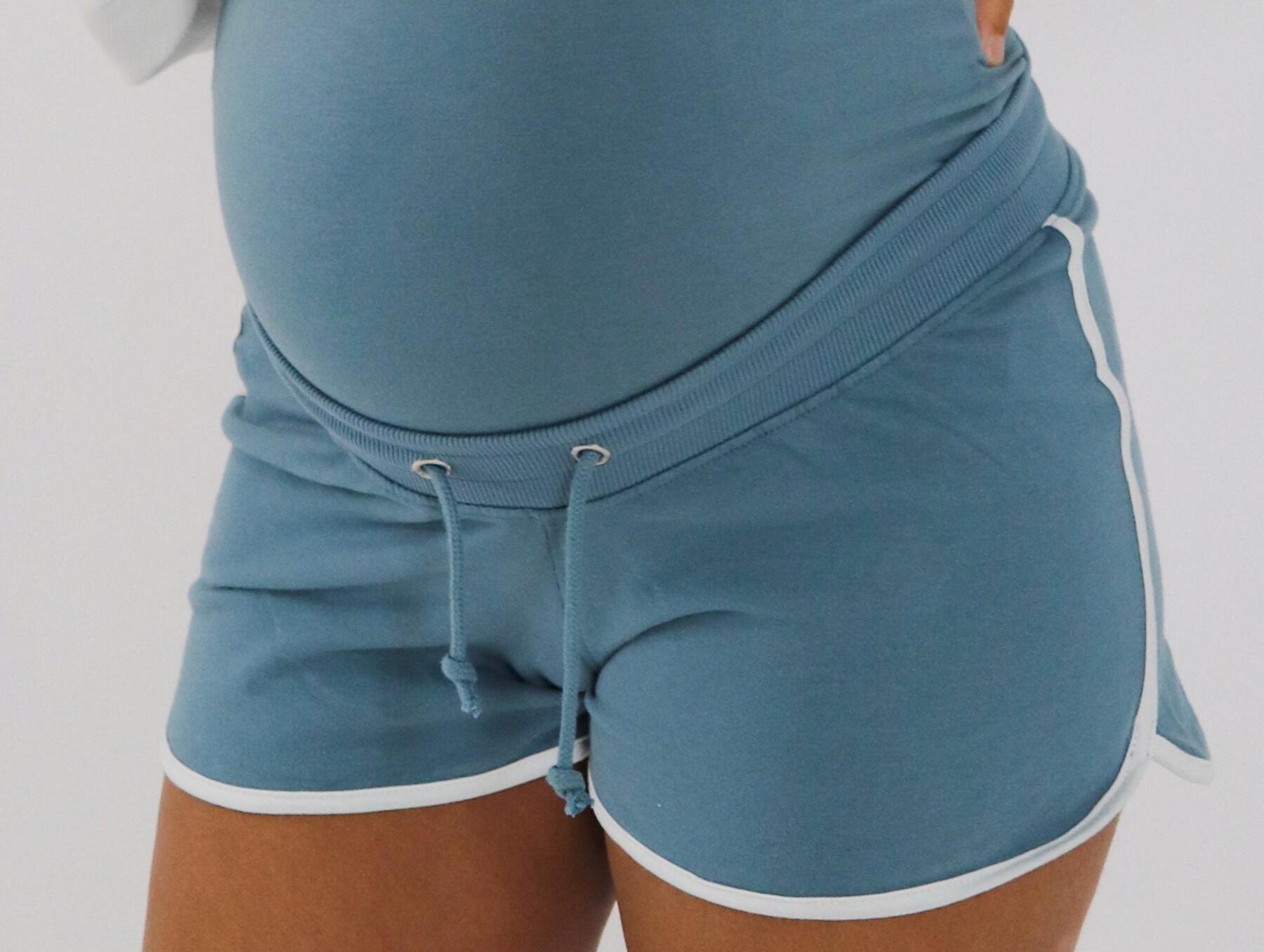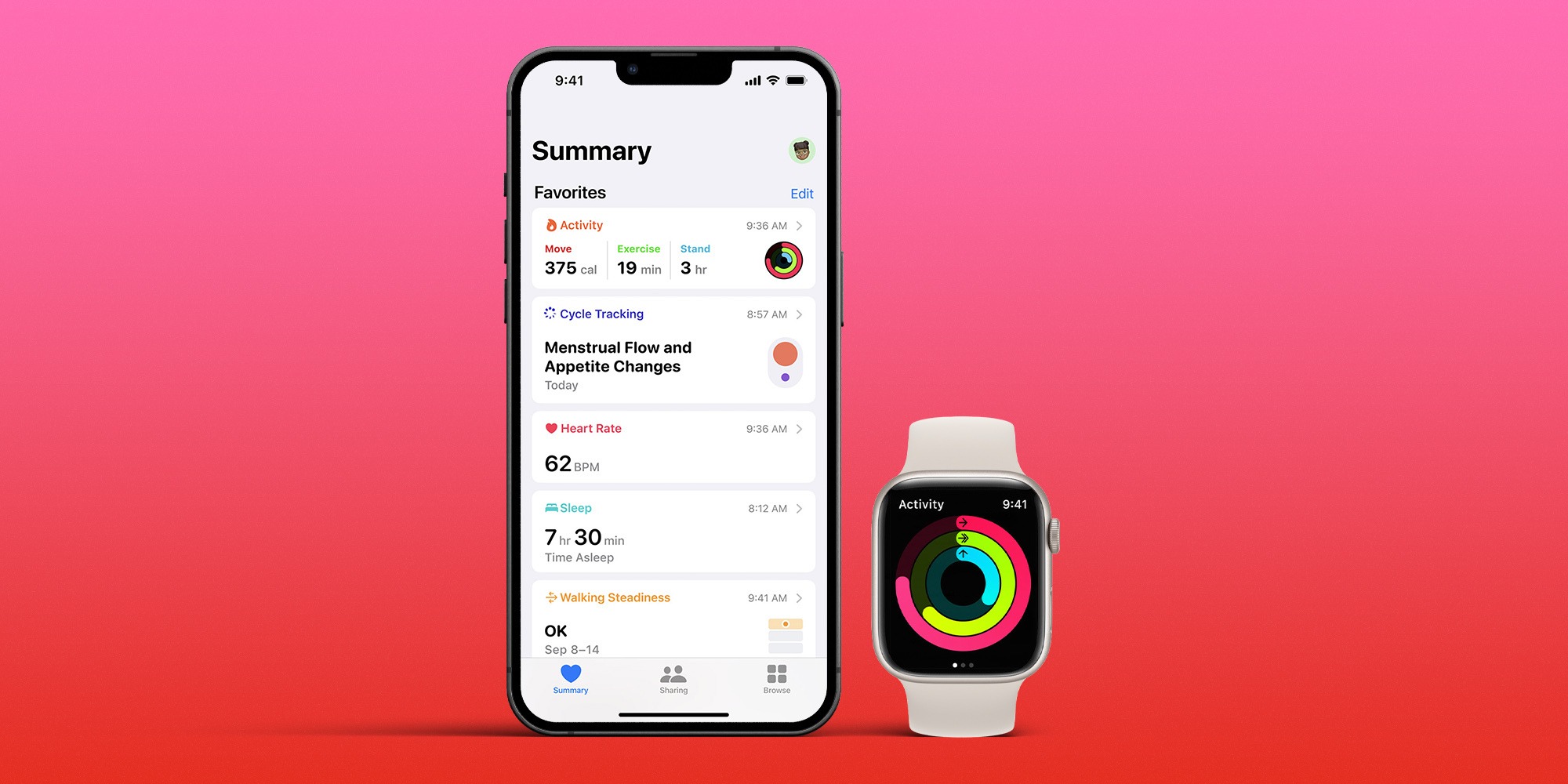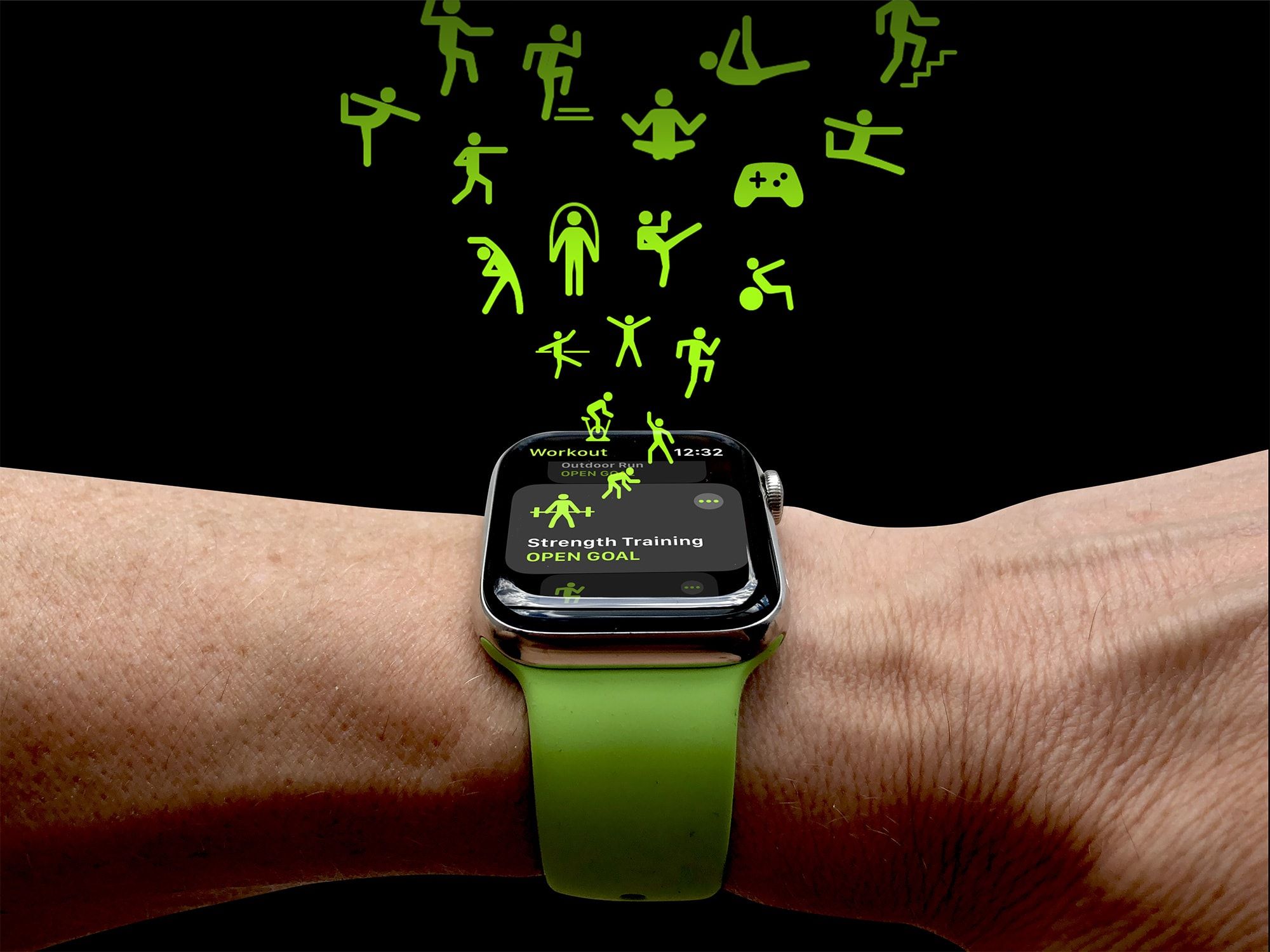

Featured
When Can I Workout After Rhinoplasty
Modified: January 2, 2024
Discover when it's safe to start your workout routine after a rhinoplasty procedure. Get expert advice and tips on exercising post-surgery. Featured article.
Introduction
Rhinoplasty, commonly known as a nose job, is a surgical procedure that can greatly improve the appearance and function of your nose. Whether you’ve undergone rhinoplasty for cosmetic reasons or to correct breathing issues, it is crucial to understand the proper post-operative care and recovery process.
One common question that arises after rhinoplasty is when it’s safe to resume regular physical activities, including workouts. Engaging in exercise too soon after surgery can potentially disrupt the healing process and lead to complications.
In this article, we will delve into the topic of when it is appropriate to start working out after rhinoplasty. We will explore the factors that affect your recovery time, the different stages of healing, and provide tips for exercising safely post-surgery.
It’s important to note that every person’s healing process is unique, and it is vital to consult with your surgeon before making any decisions regarding exercise after rhinoplasty. Your surgeon will evaluate your individual case and provide personalized recommendations to ensure the best possible outcome.
Understanding Rhinoplasty
Rhinoplasty is a surgical procedure performed to reshape the nose. It can address various concerns such as correcting a crooked nose, changing the size or shape of the nose, or improving breathing difficulties caused by structural issues.
During the procedure, the surgeon can alter the nasal bones, cartilage, and skin to achieve the desired outcome. This may involve removing excess tissue, adding grafts, or adjusting the position of the nasal structures to create better balance and symmetry.
Rhinoplasty can be performed using either an open or closed technique. In the open technique, a small incision is made on the columella, the strip of tissue between the nostrils, allowing for better visibility and access to the nasal structures. The closed technique involves incisions made on the inside of the nose, resulting in no visible external scarring.
The procedure is typically performed under general anesthesia, and the duration can vary depending on the complexity of the case. After the surgery, patients are typically advised to wear a nasal splint or cast to support the nose during the initial stages of healing.
Rhinoplasty is a highly individualized procedure, and the goals and expectations of each patient may differ. It is essential to have realistic expectations and communicate openly with your surgeon about your desired outcomes during the pre-operative consultations.
It’s worth noting that the recovery process can take several weeks, during which time you may experience swelling, bruising, and discomfort. Understanding the various stages of healing and the factors that influence them is crucial in determining when it is safe to resume your workout routine.
What Happens to Your Nose During Rhinoplasty?
Rhinoplasty is a surgical procedure that involves making changes to the structure and appearance of the nose. Understanding what happens to your nose during rhinoplasty can give you a better grasp of the recovery process and the precautions you need to take.
During the surgery, the surgeon will make incisions to access the underlying nasal structures. These incisions can be made either inside the nose (closed rhinoplasty) or along the columella, the strip of tissue between the nostrils (open rhinoplasty).
Once the incisions are made, the surgeon carefully lifts the skin to access the nasal bones and cartilage. Depending on your desired outcome, they may remove excess tissue or bone, reshape the cartilage, or add grafts to augment the structure.
After the necessary adjustments are made, the skin is repositioned, and any excess is trimmed. The surgeon may use sutures to secure the nasal structure in the new position. Once the alterations are complete, the surgeon will place a nasal splint or cast to support and protect the nose during the initial healing phase.
It’s important to understand that rhinoplasty is a delicate procedure that requires expert precision. The changes made during surgery are designed to improve the aesthetic appearance of the nose, address functional issues, or achieve a combination of both.
The outcome of the surgery will depend on various factors, including the surgeon’s skill, your anatomy, the techniques used, and your body’s healing response. It’s important to have realistic expectations and trust in your surgeon’s expertise to achieve the desired results.
As you recover from rhinoplasty, your nose will go through different stages of healing. Understanding these stages and what happens to your nose during each phase can give you a better idea of the recovery timeline and when it is safe to resume your workout routine.
Recovery Time for Rhinoplasty
The recovery period after rhinoplasty is a crucial phase that allows your nose to heal properly. Understanding the general timeline for recovery can help you plan your activities, including when you can safely resume your workout routine.
It’s important to note that the exact recovery time can vary from person to person, as each individual’s healing process is unique. However, there are some general guidelines that can give you an idea of what to expect.
Immediately after the surgery, you will spend some time in the recovery room under observation. You may experience swelling, bruising, and discomfort around the nose and the surrounding area. Your surgeon may prescribe pain medications and antibiotics to help manage any pain and reduce the risk of infection.
During the first week of recovery, you will need to take it easy and avoid any strenuous activities. It’s essential to keep your head elevated and refrain from blowing your nose or putting any pressure on the nose. Your surgeon may advise you to apply cold compresses to help reduce swelling.
As the days and weeks progress, the swelling and bruising will gradually subside. Most patients find that they can return to regular non-strenuous activities within 7-10 days after the surgery. However, it’s important to note that this does not necessarily mean you can resume your full workout routine.
It typically takes around 2-4 weeks for the majority of the swelling to resolve. At this point, you may start to see the initial results of your rhinoplasty. However, it’s important to remember that the final results may take several months to fully manifest as your nose continues to heal and the swelling completely subsides.
Your surgeon will provide you with specific instructions on when it is safe to resume physical activities, including workouts, based on your individual case. It’s crucial to follow their guidelines to ensure a smooth recovery and optimal results.
During the recovery period, it’s important to be patient and give your body the time it needs to heal. Pushing yourself too early can potentially compromise the results of your surgery and lead to complications. Remember, healing is a gradual process, and it’s better to err on the side of caution when it comes to resuming physical activities.
Factors Affecting Workout After Rhinoplasty
Several factors can influence when it is safe for you to resume your workout routine after rhinoplasty. Understanding these factors will help you make informed decisions and avoid any potential complications during your recovery.
1. Healing Progress: The most crucial factor in determining when you can work out after rhinoplasty is the progress of your healing. Every individual heals at a different rate, and your surgeon will assess your recovery during follow-up appointments. They will evaluate the swelling, bruising, and overall healing of your nose before giving you the green light to resume physical activities.
2. Surgical Technique: The technique used during your rhinoplasty can also impact your recovery time and ability to exercise. Open rhinoplasty, which involves an incision on the columella, may require slightly more healing time compared to closed rhinoplasty, where all incisions are internal. The location and extent of incisions can affect how much stress can be applied to the nose during workouts.
3. Complexity of Surgery: The extent of the changes made during your rhinoplasty can also influence your recovery time. If you had a more complex surgery, such as extensive bone reshaping or grafting, it may require a longer healing period before you can safely engage in physical activities.
4. Individual Healing Capacity: Everyone’s body responds differently to surgery. Factors such as age, overall health, and lifestyle choices can affect your healing capacity. Maintaining a healthy lifestyle, including a balanced diet and regular exercise (once cleared by your surgeon), can promote optimal healing after rhinoplasty.
5. Surgeon’s Recommendations: Your surgeon’s guidance and recommendations play a crucial role in determining when it is safe to resume your workout routine. They are familiar with your specific case and will provide personalized advice based on their expertise and assessment of your healing progress.
It is essential to remember that resuming physical activities too soon after rhinoplasty can potentially disrupt the healing process, increase swelling, and prolong the recovery period. It’s better to wait until you have received clearance from your surgeon before gradually reintroducing exercise into your routine.
Listening to your body and being mindful of any discomfort or pain during workouts is also important. If you experience any unusual symptoms or have concerns, it’s crucial to reach out to your surgeon for guidance.
When Can You Start Light Exercise After Rhinoplasty?
After rhinoplasty surgery, it’s important to allow your body sufficient time to heal before engaging in any physical activities, including exercises. However, once you have reached a certain stage in your recovery, you may be able to start incorporating light exercise into your routine.
Typically, most patients are cleared to begin light exercises around 2-3 weeks after their rhinoplasty surgery. However, it is crucial to consult with your surgeon before initiating any workout routine. Your surgeon will assess your healing progress and provide personalized recommendations based on your specific case.
When starting light exercises after rhinoplasty, it’s important to understand that your nose will still be in the healing process. Therefore, you should avoid any activities that put excessive strain or pressure on your nose, such as running or weightlifting.
Instead, opt for low-impact exercises that won’t jostle or jar your nose. Some examples of light exercises that you can consider include:
- Brisk walking: Walking is a low-impact exercise that helps get your blood flowing and improve cardiovascular fitness.
- Yoga: Gentle yoga poses can help improve flexibility and strength without putting strain on your nose.
- Pilates: Pilates exercises focus on core strength and stability and can be modified to avoid putting pressure on your nose.
- Stationary biking: Cycling on a stationary bike provides a cardio workout without the added risk of a bumpy ride.
Remember to start slow and gradually increase the intensity and duration of your workouts as you progress in your recovery. Pay attention to any discomfort or pain during exercise and stop if you experience any negative symptoms. It’s also important to keep your surgeon informed about your exercise routine and any concerns that arise.
Additionally, it’s crucial to continue following the post-operative care instructions provided by your surgeon. This may include avoiding activities that can increase the risk of injury or disrupt the healing process, such as excessive bending or straining.
By gradually incorporating light exercises into your routine and being mindful of your body’s response, you can safely resume physical activities after rhinoplasty while supporting your healing process.
When Can You Resume Full Workout Routine?
Resuming your full workout routine after rhinoplasty requires patience and careful consideration. While light exercises are typically allowed around 2-3 weeks post-surgery, it may take several more weeks or months before you can safely return to your pre-surgery workout intensity.
Every individual heals at a different rate, and it’s crucial to listen to your body and follow your surgeon’s guidance. Generally, most patients can gradually transition to their full workout routine around 6-8 weeks after rhinoplasty. However, this timeline can vary depending on the extent of the surgery, your body’s healing capabilities, and your surgeon’s recommendations.
When resuming your full workout routine after rhinoplasty, keep the following considerations in mind:
- Consult with your surgeon: Before returning to intense physical activities, it is essential to schedule a follow-up appointment with your surgeon. They will evaluate your healing progress, assess the stability of your nose, and give clearance for the resumption of your full workout routine.
- Start gradually: Even after you receive clearance, it’s important to ease back into your regular workout routine gradually. Begin with lower intensities and shorter durations, gradually increasing as your body adapts and the healing process continues.
- Avoid high-impact activities: Initially, it’s best to avoid high-impact exercises that can jar or strain your nose. Activities such as heavy weightlifting, contact sports, or activities that involve sudden movements or jarring impacts should be avoided until your nose has fully healed.
- Listen to your body: Pay close attention to any discomfort, pain, or unusual swelling during or after workouts. If you experience any negative symptoms, stop exercising and consult with your surgeon. It’s important to prioritize your healing and avoid pushing yourself too far too soon.
- Protect your nose: Even after you have resumed your full workout routine, it’s crucial to protect your nose. Consider wearing a protective splint or nasal guard during physical activities to reduce the risk of accidental bumps or injuries.
Remember, the timeline for full resumption of your workout routine may vary based on your individual healing progress. It’s important not to rush the process and give your body adequate time to heal. Following your surgeon’s recommendations, listening to your body’s signals, and gradually progressing in your workouts will help ensure a safe and successful return to your full exercise routine after rhinoplasty.
Tips for Exercising Safely After Rhinoplasty
When you’re ready to resume exercising after rhinoplasty, it’s crucial to take certain precautions to ensure a safe and successful transition back into your fitness routine. Here are some tips to help you exercise safely after rhinoplasty:
- Follow your surgeon’s guidelines: It cannot be emphasized enough – following your surgeon’s instructions is paramount. They will provide specific guidelines tailored to your unique case and healing progress. Adhering to these instructions will help prevent any complications and promote proper healing.
- Start slowly and gradually: Begin with low-impact exercises and gradually increase the intensity and duration. This allows your body to adapt to the physical demands without putting excessive strain on your healing nose. Gradual progression lowers the risk of setbacks and ensures a smoother recovery.
- Stay hydrated: Hydration is essential for overall health and aids in the healing process. Drink plenty of water before, during, and after your workouts to stay properly hydrated. Hydration helps maintain healthy blood flow, reduces the risk of complications, and promotes better healing.
- Protect your nose: During exercise, it’s important to protect your nose from accidental bumps or injuries. Consider wearing a protective splint or nasal guard recommended by your surgeon. These safeguards can help minimize the risk of trauma to your healing nose.
- Avoid heavy weightlifting or strenuous activities: In the early stages of recovery, it is best to avoid heavy weightlifting or any other activities that exert excessive pressure on your nose. Putting strain on your nose can potentially disrupt the healing process and compromise your results.
- Listen to your body: Pay attention to any discomfort, pain, or pressure on your nose during and after workouts. If you experience any negative symptoms, such as increased swelling or bleeding, stop exercising and consult your surgeon. Your body will provide cues to help you determine the appropriate level of activity.
- Stay patient and realistic: Healing takes time, and it’s essential to have realistic expectations. Avoid comparing your progress to others, as each person’s recovery timeline is unique. Focus on your own healing journey and trust that your body will gradually adapt to your workouts as you continue to recover.
Remember, the ultimate goal is to prioritize your healing and ensure the best possible outcome from your rhinoplasty surgery. By exercising safely and following these tips, you can resume your fitness routine while minimizing any potential risks to your nose and optimizing your overall recovery.
Consulting with Your Surgeon
Consulting with your surgeon is an essential step in determining when it is safe to resume your workout routine after rhinoplasty. Their expertise and knowledge of your individual case will provide valuable insights and ensure that you make informed decisions regarding your exercise regimen.
Before your rhinoplasty surgery, your surgeon will walk you through the details of the procedure, including the expected recovery timeline. They will provide specific instructions on post-operative care, including timelines for when you can start light exercises and when you can gradually resume your full workout routine.
During the initial recovery period, you will have follow-up appointments with your surgeon to monitor your healing progress. These appointments are an opportunity to discuss any concerns, ask questions about your exercise routine, and receive personalized guidance based on your recovery.
It’s important to openly communicate with your surgeon about your exercise habits, fitness goals, and any specific activities you wish to resume. They will take these factors into consideration and provide recommendations that align with your desired outcome and overall well-being.
Your surgeon’s expertise and evaluation of your healing progress will determine when it is safe for you to start light exercises and gradually resume your full workout routine. They will consider factors such as the extent of surgery, underlying nasal structures, any grafts or implants used, and your body’s individual healing capacity.
By actively engaging in conversations with your surgeon, you can ensure that you have a comprehensive understanding of the recovery process and exercise guidelines specific to your case. Following their recommendations will promote proper healing and minimize any potential risks associated with exercise after rhinoplasty.
If you experience any concerns or complications while exercising, it’s important to reach out to your surgeon promptly. They are there to guide you and address any issues that may arise during your recovery journey.
Remember, consulting with your surgeon is an ongoing process, and it’s important to attend all scheduled follow-up appointments. By staying connected and keeping your surgeon informed of your progress, you can navigate the post-rhinoplasty recovery phase with confidence and achieve optimal results.
Conclusion
Rhinoplasty is a transformative surgical procedure that requires careful consideration and proper post-operative care. When it comes to resuming your workout routine after rhinoplasty, patience and caution are key.
Understanding the factors that affect your recovery time, the stages of healing, and consulting with your surgeon are crucial steps to ensure a safe and successful return to exercise. Every individual’s healing process is unique, so it’s important to follow your surgeon’s guidance and listen to your body’s signals.
Starting with light exercises around 2-3 weeks post-surgery, you can gradually increase the intensity as your healing progresses. It typically takes around 6-8 weeks to resume your full workout routine, but this timeline may vary based on various factors.
When exercising after rhinoplasty, it’s important to protect your nose, avoid high-impact activities, and stay hydrated. Listening to your body and being mindful of any discomfort or pain is crucial to avoid overexertion and potential complications.
Consulting with your surgeon throughout your recovery journey is essential. They will provide personalized advice based on your unique circumstances, monitor your healing progress, and guide you on when it’s safe to resume physical activities.
Remember, the primary goal is to prioritize your healing and achieve the best possible outcome from your rhinoplasty surgery. By following the recommended guidelines, exercising safely, and staying patient, you can enjoy the benefits of a transformed nose while maintaining your fitness goals.
Always remember to consult with your healthcare professional for personalized advice and guidance regarding your specific case. Your surgeon and their team are there to support you and ensure a successful recovery after rhinoplasty.
